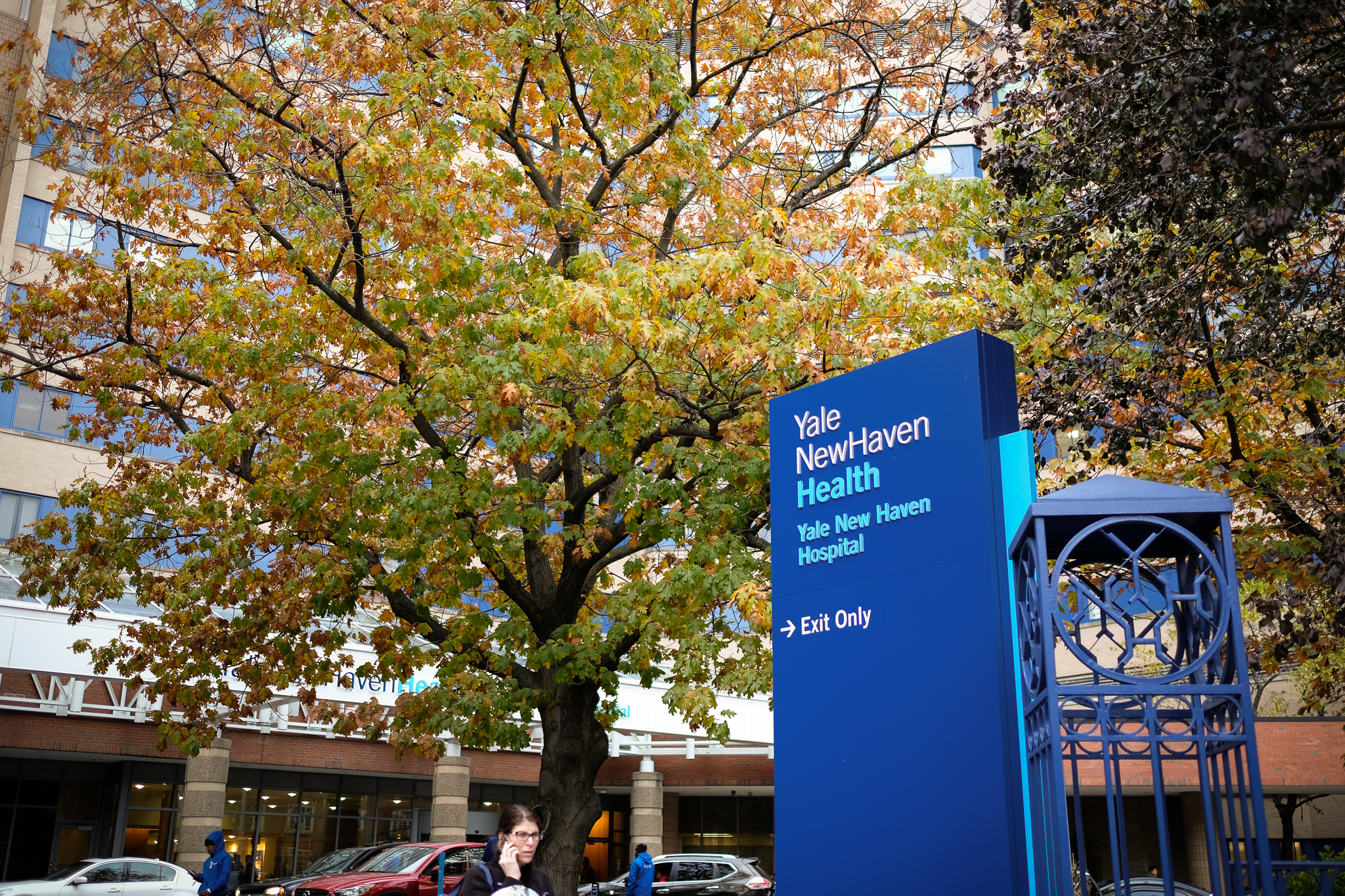
Eric Wang
As the floors of Yale New Haven Hospital have been filled with coronavirus patients, and in-person visits have become perilous, clinicians have been turning to telehealth — phone or video consultations — to provide treatment.
Prior to the pandemic, only a handful of YNHH providers had used telehealth services, but the stay-at-home orders implemented in the wake of the pandemic necessitated a change. Though clinicians are commonly trained in telehealth, converting to virtual visits requires a system-wide shift. At YNHH, a telehealth team led by Dr. Pamela Hoffman disseminated videos, tip sheets and training materials to help clinicians transition to a virtual system whereby behavioral cues are conveyed across a screen or a phone.
“Change is hard. But many people have gotten through it because it is the best and safest option right now,” Hoffman wrote in an email to the News. “The top priority of every clinician, provider and specialist I have heard from is that they want to provide the care that patients need at this time. Telehealth can help them do that, so providers are mostly on board.”
According to Hoffman, the general structure of the virtual visits is largely the same as it would be in person. The clinician takes the patient’s history and conducts an evaluation. But now more than ever, Hoffman noted, the onus is on patients to identify their symptoms and report changes in their condition. Though clinicians can sometimes tell if swelling in a particular area has worsened or detect shortness of breath over the audio, for the most part, the examination is limited to the information provided by the patient.
Despite the obstacles, Hoffman said that video visits have worked.
“Video visits have been shown in research studies to have similar diagnostic accuracy as face to face visits,” Hoffman said. “This means that doctors can determine what is going on with you about as well as if they saw you in person.”
Last month, the Trump administration issued an emergency declaration, lifting the previous restrictions which barred Medicare patients from access to telehealth services. Private insurance companies have since followed suit.
Now all networks across YNHH have transitioned to telehealth. Before the system roll-out, the hospital had on average 34 video visits per day. A week later, there were 1,500. As patients and providers become more comfortable with the virtual format, the numbers continue to rise.
However, as with any interaction conducted online, poor WiFi connectivity can often hinder the quality of the visit. For those without internet access altogether, some internet providers have begun to roll out free WiFi plans. Still, patients without access to a video-enabled device cannot take full advantage of telehealth services.
A student-led organization Telehealth Access for Seniors has attempted to fill the gap by soliciting donations for devices with video capabilities to distribute to elderly patients without smart devices. Spearheaded by Hannah Verma ’21 and Aakshi Agarwal ’21, the organization has grown to 40 volunteers in over 12 states and recently launched a website for donations.
Hannah Verma co-founded the organization with her brother Arjun Verma, a sophomore at Lake Highland Preparatory School in Orlando, Florida. The two siblings initially came up with the idea after talking with their parents, both physicians, about the challenges of treating patients through telehealth.
“They’d been trying to switch to telehealth in their practices and they noticed that one of the biggest issues was that only their young patients could use it, but none of their older patients had the necessary devices,” Hannah said. “I just thought it was ironic that doctors are switching to telehealth to preserve the health of the elderly, so they don’t have to come in and risk their own lives, but they are the group who can’t take advantage of it.”
Since its launch, the organization has delivered devices to medical clinics and providers across the country, with their largest drop-off of 50 devices last week at the West Haven Veteran Affairs Medical Center. However, Hannah emphasized that to meet demand, they still need many more.
In the midst of the outbreak, hospitals have been forced to embrace telehealth, but some of the changes are likely to remain long after the pandemic.
“Yale Medicine was at the cusp of offering various use cases to assist with this, such as remote patient monitoring and peripheral devices that can be used in telehealth,” Hoffman said. “After the crisis, we will continue to expand in these areas.”
According to a 2019 survey conducted by telemedicine company Amwell, only 3 percent of Baby Boomers, ages 55-64, have used telehealth.







